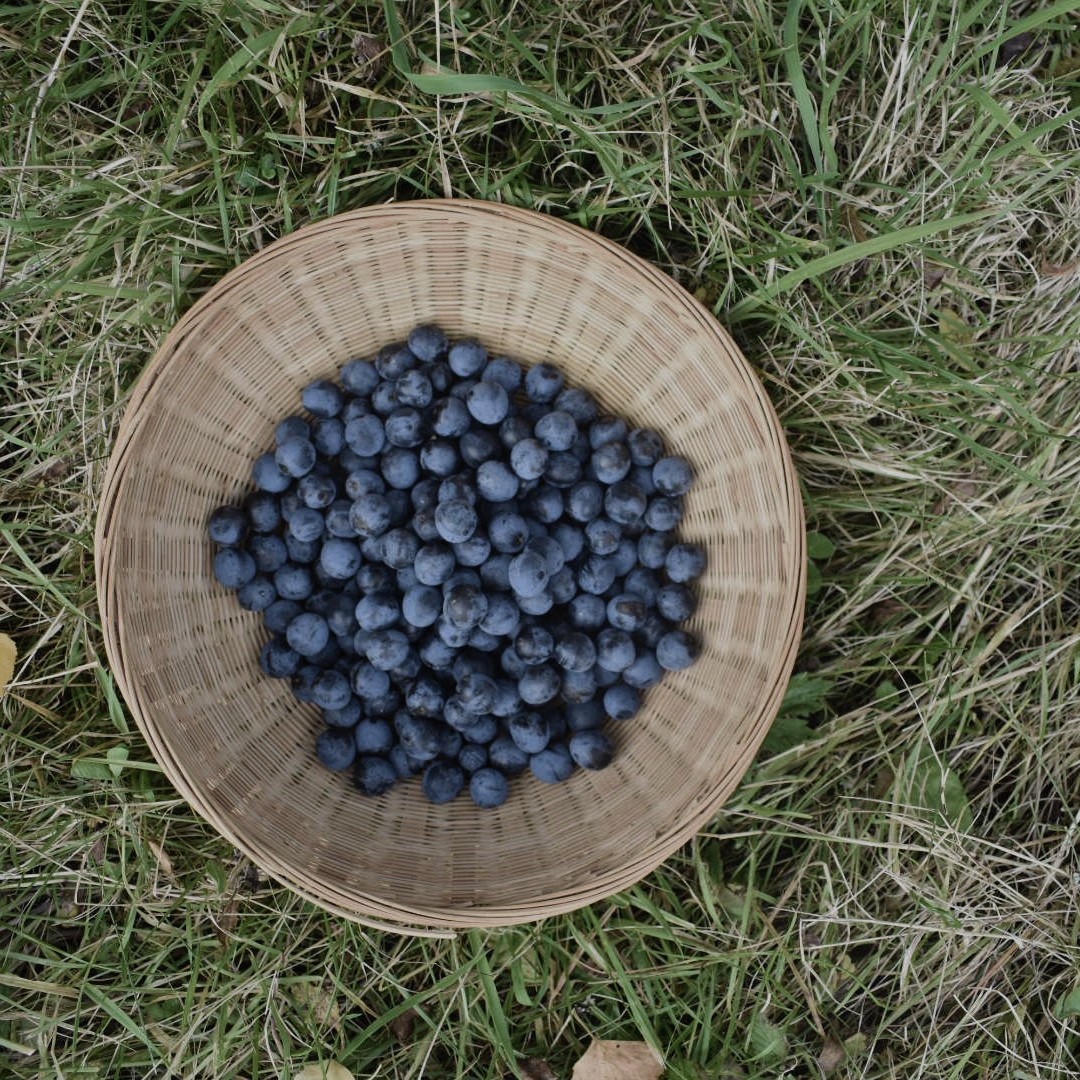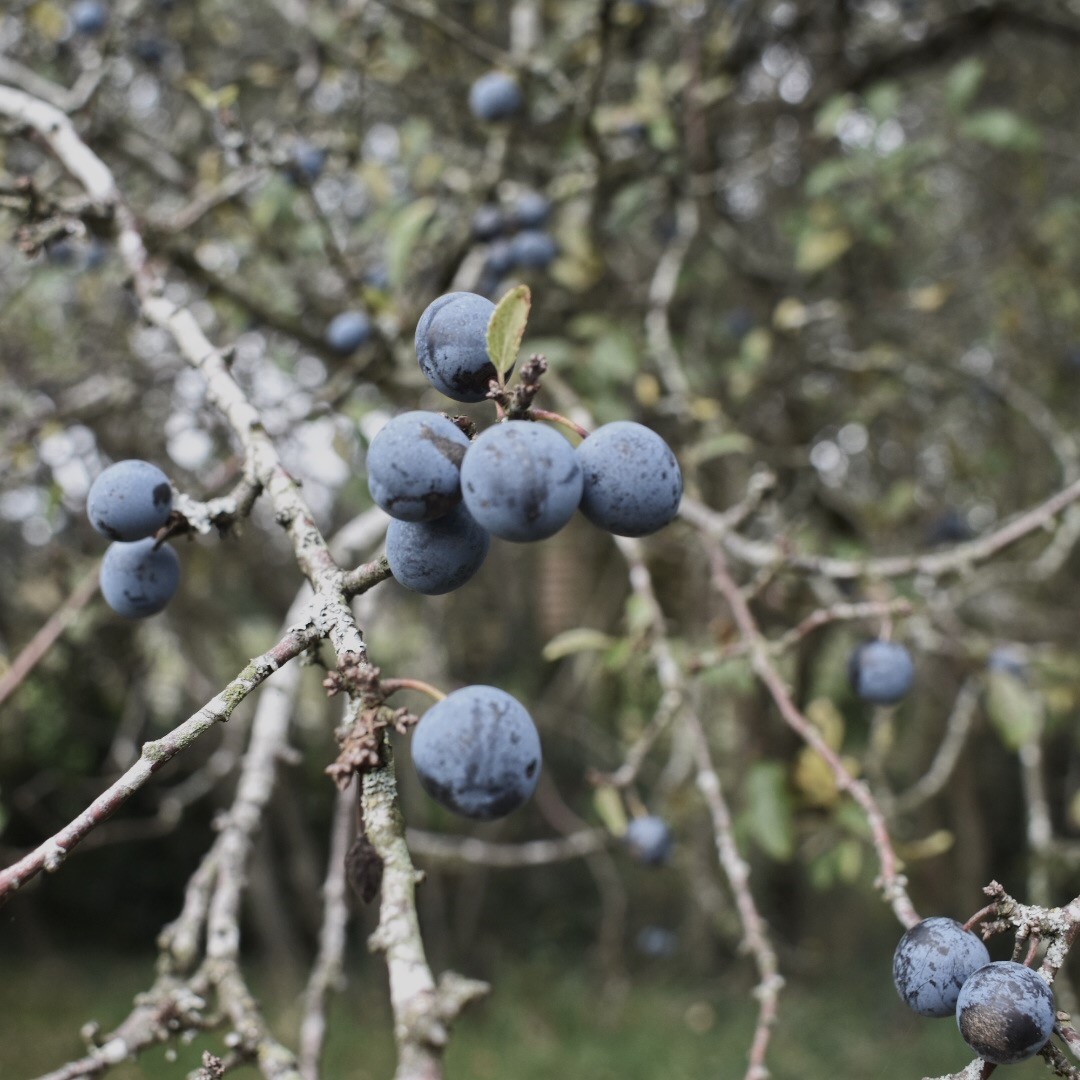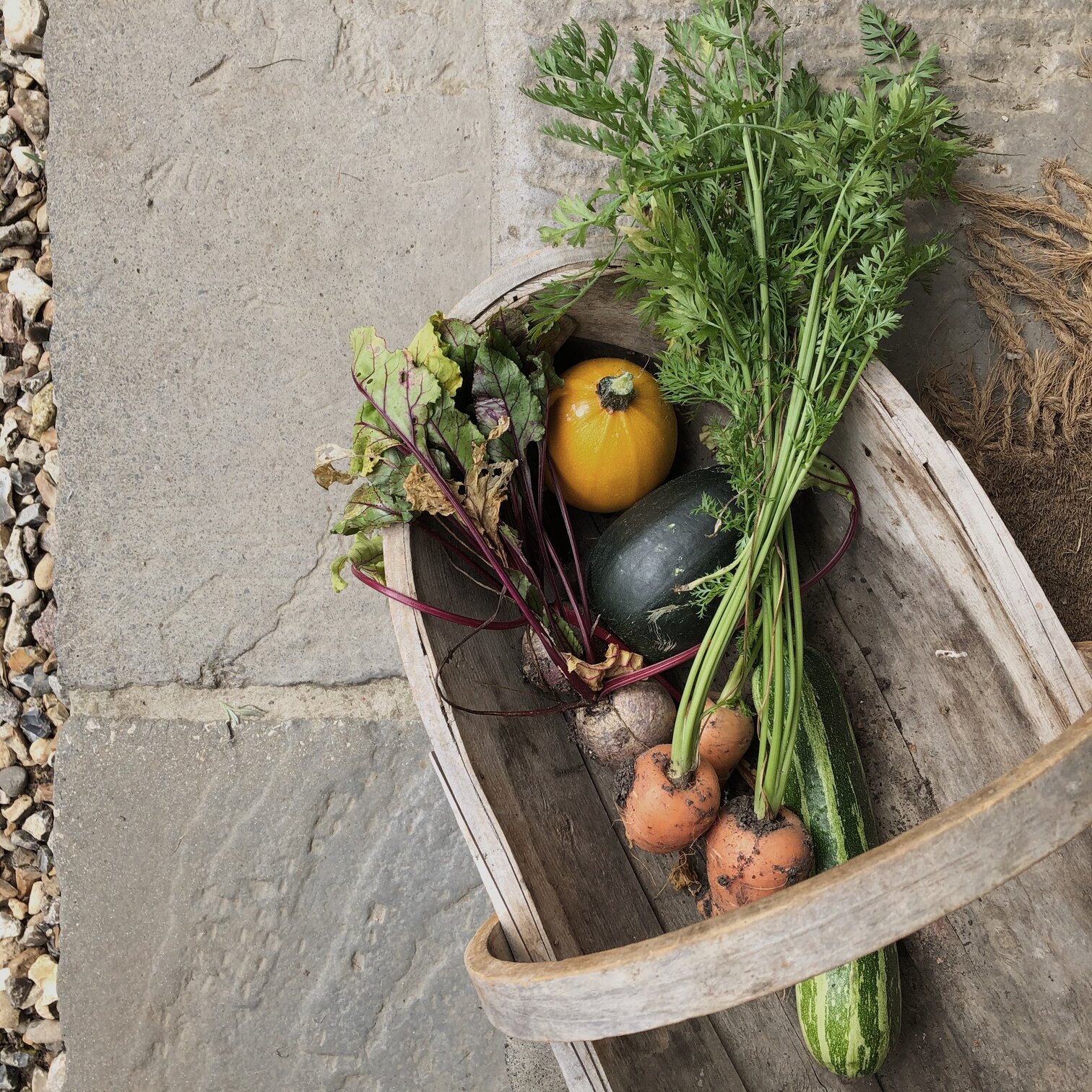You have no items in your cart. Want to get some nice things?
Go shopping
The deep blue-purple berries of the blackthorn are popular with foragers seeking to make a delicious bottle of sloe gin. Like finding blackberries in season or foraging for wild garlic, sloes are easy to identify and found in abundance around the UK. Blackthorns are hedgerow trees with oval-shaped leaves and spiky branches.
Foraging for sloes for sloe gin is a great way to embrace slow food and seasonal living in autumn. A bottle of sloe gin is likely to be fully infused by Christmas time, making it a thoughtful, homemade gift for the festive season.
Foraging sloes is all about patience and waiting for the perfect moment to start picking – read on for our tips for harvesting the best berries.
When are sloes ready to pick?

Sloes start to appear in August, but are best picked when they are at their most ripe in late autumn or early winter. Traditionally, sloes are said to be best picked after the first frost, as the cold weather helps split the sloes’ skins and release their juice. To gauge the best time to pick sloes, consider the weather during spring and summer. For plump, ripe sloes, blackthorn bushes need a good balance of warmth and water. If you can easily squash a sloe between your fingers, it’s ripe. If it’s solid and hard, it’s not ready to pick. Sloes starting to fall onto the floor is also a good sign that the berries have ripened.
If you’re picking sloes before the first frost, you can place the berries in the freezer overnight for the same effect.
How to identify sloes
Blackthorns tend to grow along hedgerows and are abundant with small white blossom in spring. They’re dense with thorny branches, but can grow pretty tall. Some report up to four metres, while others claim blackthorns can reach the heady heights of seven metres. The leaves are oval-shaped with jagged edges and grow up to 5cm long.
Sloes are inky blue-purple berries that look a little like blueberries. They measure around 1cm across. Sloes may be confused with damsons – the telltale sign that you’ve found damsons is their oval shape and how they hang from the tree. They look much more like plums. Damsons are also safe to eat and can be made into jam.

When foraging, always gather responsibly and leave plenty behind for wildlife. Some suggest sticking to a 10% rule. This means only foraging 10% of what you find and leaving the rest to nature. If you’re picking on private land, don’t forget to ask permission. Always make sure you only gather foraged foods you have confidently identified. If in doubt, don’t eat it!
Read more tips in our guide on how to start foraging.

Have you visited the Slow Living LDN. shop?
Discover our UK-made products and curate your home for slow living.


